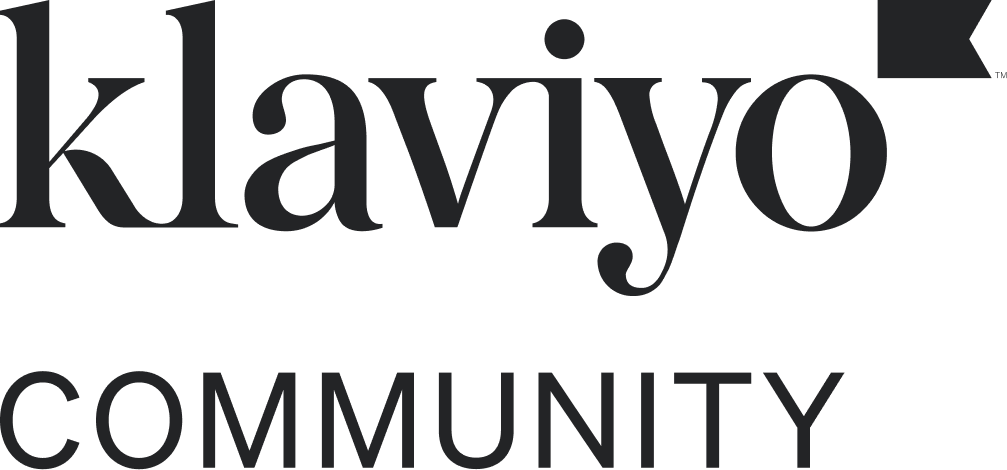Hi,
There is a n ongoing issue with image loading on all of the campaign emails - tested on multiple Wifi/3G/locations but few images specifically the header images (first image) on the email fails to load every time unless you wait for over 5-6 seconds or close and reopen the email twice or thrice.
We have reached out to support multiple times - edited images by width as suggested in the template builder to 600px or less, reuploaded images & tried sending a live email rather than preview email - none of which solves issues
Have seen these issues for all templates from the past 2 weeks, has there been any update that has messed up the image loading? We have tested both cloning the older templates & creating a template from scratch but continues to fail.
We do not use product catalog for this, the images are accessible through to Klaviyo so it’s not a broken link or image issue but when the email is opened, there is an empty space in the place of the images.
Can someone please help as we are seeing a dip in the performance from emails & had never faced this issue with our previous email platform?
Thanks,
Raks








![[Academy] SMS Strategy Certificate Forum|alt.badge.img](https://uploads-us-west-2.insided.com/klaviyo-en/attachment/2f867798-26d9-45fd-ada7-3e4271dcb460_thumb.png)
